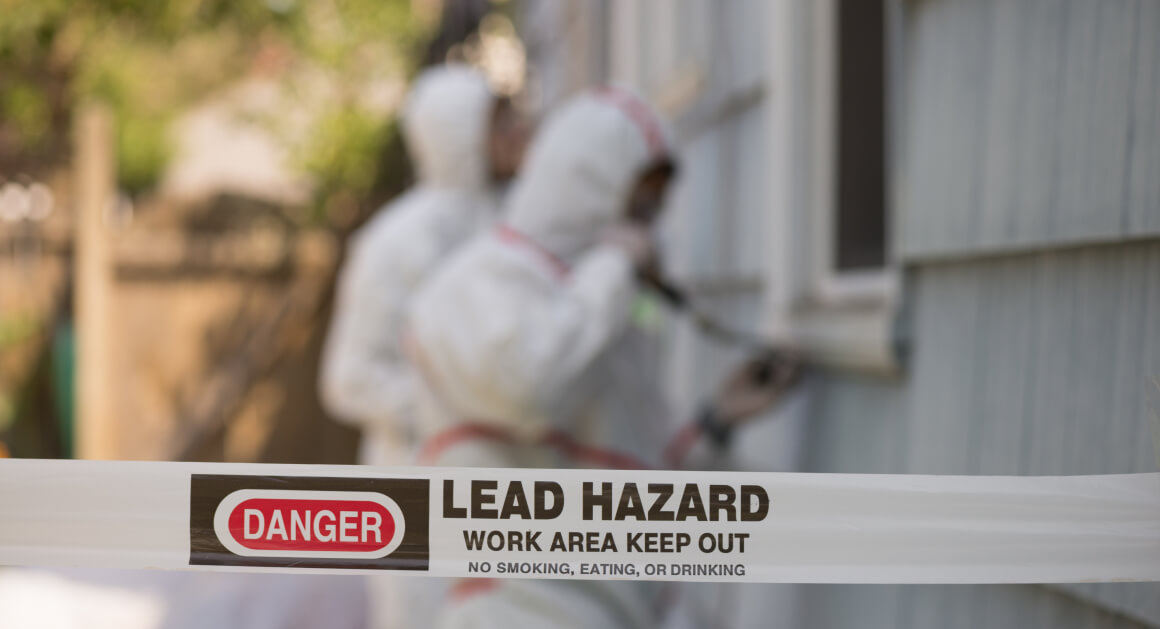This article outlines the methods and evolving standards for measuring lead poisoning, particularly in children, and the role of lead paint in this public health issue.
Screening for Lead Poisoning:
- Symptom Complexity: Lead poisoning often lacks distinct symptoms, making it hard to differentiate from common childhood illnesses.
- Testing Methods: Blood tests measuring micrograms of lead per deciliter (μg/dL) are the standard method for detecting lead poisoning.
- Fingerstick vs. Venous Blood Samples: Fingerstick samples are common but less reliable due to potential skin contamination.
- Other Measures: The erythrocyte protoporphyrin (EP) test can indicate older exposures, and bone scans measure long-term lead burden.
Limitations of Blood Testing:
- Short-Term Exposure Detection: Blood tests mainly reveal recent exposure, as lead moves from the bloodstream to other tissues over time.
- Under-Screening Issues: In New York, less than half of the children are screened as mandated by state law and Medicaid.
Evolving Standards of Lead Levels:
- Changing Definition of Toxicity: The CDC’s definition of a concerning lead level has consistently lowered over the years.
-
- In 1975, 80 μg/dL was considered lead poisoning (CDC, J. Pediatrics, 1975).
- By 1978, the threshold was 30 μg/dL.
- The CDC lowered this level to 10 μg/dL in 1991, and to 5 μg/dL in 2012.
- In 2021, CDC further reduced the reference level to 3.5 μg/dL (CDC MMWR, Oct. 29, 2021).
- New York State’s Action Levels: Followed the CDC’s lead, setting the current action level at 3.5 μg/dL (10 N.Y.C.R.R. § 67-1.1(e); NYC Admin Code § 17-912).
Calls for Further Reduction:
- No Safe Threshold: Research indicates that even levels as low as 2 μg/dL can be harmful (WABBA v. Giuliani, 223 A.D.2d 66; CDC 2005 Statement).
- Continued Academic Advocacy: Experts suggest lowering the definition of lead poisoning further due to associated cognitive and behavioral impairments at lower levels.
Conclusion: Lead poisoning remains a serious public health concern, especially in children. The methods and standards for measuring lead exposure have evolved, highlighting the need for stringent monitoring and preventive measures. Despite progress, continued efforts are essential to address the risks associated with lead, particularly in older housing and paint.
We welcome your legal questions for topically relevant articles in the future. Feel free to compose a question – it may be addressed in future articles. Email Question
Free Case Evaluation
Fill Out The Form Below To Find Out If You Have A Case.
Thank you for contacting us. One of our colleagues will get back to you shortly.



